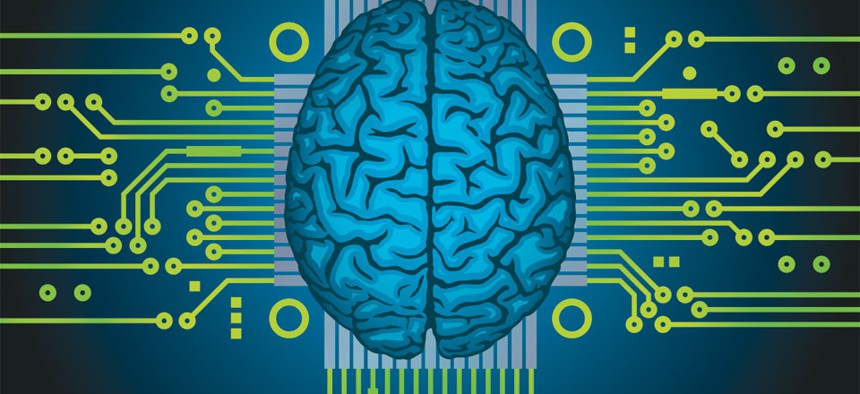Why We’re a Long Way From Computers That Really Work Like the Human Brain

Robert Voight/Shutterstock.com
No machine has yet been able to replicate the brain's interconnected nature.
IBM was in the news last week when it announced it had created “an entire computing architecture based on the brain” (at least, that’s how Gizmodo summed it up). A few days before that, a press release announced that scientists from Forschungszentrum Jülich, a research center in Germany, had run the world’s largest ever computer simulation of a human brain using the K computer, a Japanese supercomputer that is the world’s fourth fastest. Both these events were duly reported as being like replications of the human brain. Yet that is a long way away.
IBM’s research, part of a project announced in 2008 called SyNAPSE, involves building chips that bring memory and processing power close together. That makes them more compact, faster, and less power-hungry than conventional chips, where the two functions are separate and shuttle data back and forth. Last week’s announcement was in fact of a new programming language designed for such chips. The project has had over $100 million of funding so far, from the US military. Meanwhile German scientists, led by Dr Markus Diesmann, a computational neurophysicist, are part of the Human Brain Project, which along with graphene this year won the largest research award in history: €1 billion in total ($1.3 billion).
The trouble is that at the moment, no computer is powerful enough to run a program simulating the brain. One reason is the brain’s interconnected nature.
(Image via Robert Voight/Shutterstock.com)





